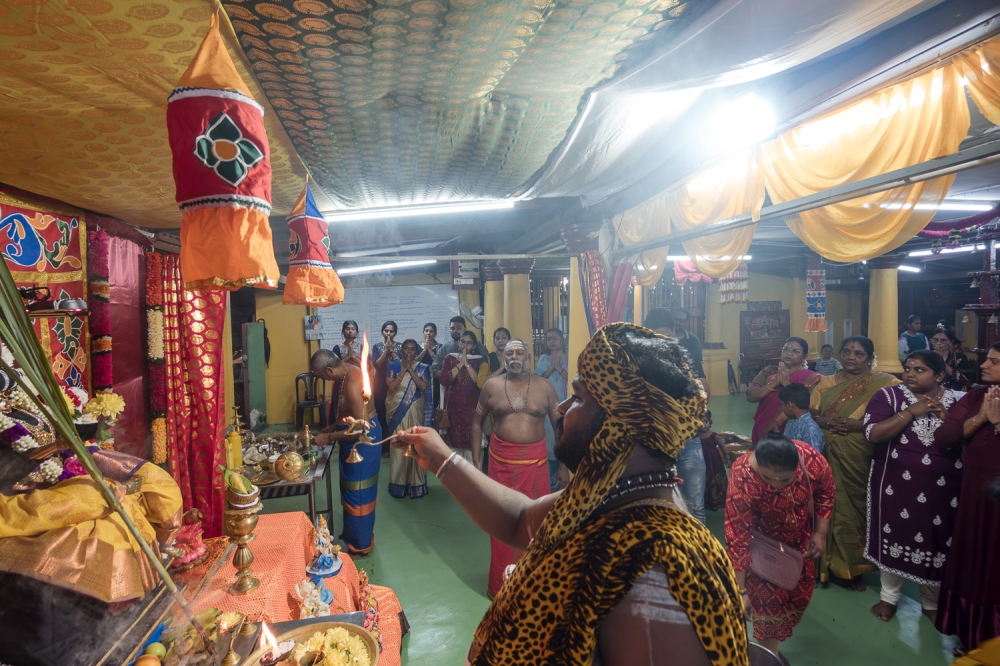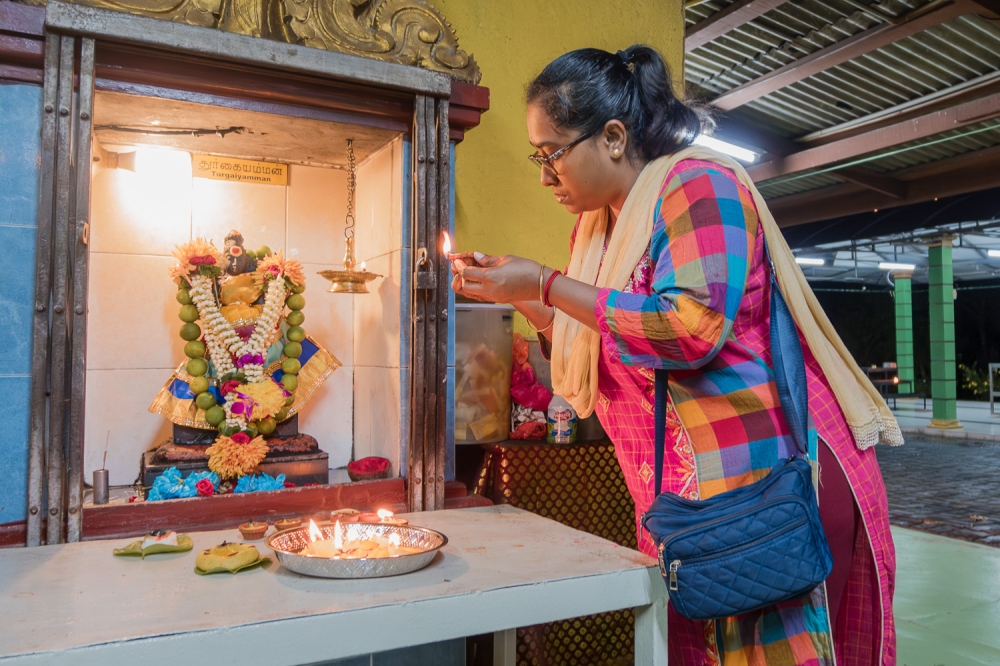Shared aspects of the two festivals:
- Kaw Ong Ya and Navaratri fall on the same days this year, October 3 to 11.
- Followers of Taoism and Hinduism become stricter vegetarians for a period.
GEORGE TOWN, Oct 4 — Malaysia is a land of festivals, being a melting pot of different cultures. While not every one of them is a public holiday, they are still celebrated in a grand way in certain communities.
Take for example, the Nine Emperor Gods’ Festival, celebrated mostly by Taoists, and Navaratri, a Hindu festival. The stars (or rather the moon as they are both events that follow the lunar calendar) aligned this year, which means that places with large communities of both faiths could possibly see celebrations doubled.
Devotees of both faiths also share some common practices; apart from the nine-day observation of rituals, they also adopt a vegetarian diet during this period.
Read on below as we detail these two celebrations.
Nine Emperor Gods
The festival, celebrated mostly by Taoists, kicked off last night in Penang on the last day of the eighth lunar month amid heavy rain that worshippers believed is a sign of the streets being “purified” in preparation for the arrival of the deities.
The festival, known as Kaw Ong Ya (in Hokkien here), celebrates the return of the nine emperor gods.
According to Taoist belief, the nine deities were the sons of Zhou Yu Dou Fu Yuan Jun, also known as Father Emperor and Dou Mu Yuan Jun who was the Mother of the Big Dipper.
The deities are considered high-ranking star lords that presided over the Big Dipper’s movements while deciding on the fate, life and death of mortals.
Devotees will welcome the deities from the sea or large bodies of water on the last day of the eighth lunar month and escort them to the nearest Nine Emperor Gods Temple for the nine-day festival.
During the nine-day festival, devotees practise vegetarianism. This is the time when vegetarian stalls will crop up around Nine Emperor Gods Temples.
In Penang, the festival is celebrated on a large scale mainly at three temples:
- Tow Boo Kong Temple in Jalan Raja Uda in Butterworth
- Tow Boe Keong Kew Ong Tai Tay Temple at Gat Lebuh Macallum on the island
- Tow Boo Kong Temple in Burma Road, also on the island
During this nine-day celebration, various activities will be held at the temples at night which included super human feats such as mediums walking on hot coals, dipping their hands into boiling hot oil, playing with hot iron balls and piercing their cheeks with iron skewers.
Some sections of some of the temples are only open to devotees who have practised vegetarianism at least for one full day.
Devotees often practise strict vegetarianism during the festival, either for one day, three days or the whole nine days in which they abstain from all animal products.
The festival will culminate in a grand parade through the streets to send the deities home via the sea on the ninth day, which falls on October 11 this year.
Only devotees who have practised vegetarianism can walk along with the parade to send the deities off while dressed in white with a yellow sash on their waist.
Navaratri

This is a festival in honour of the Hindu goddess Durga’s triumph against the demon Mahishasura and is celebrated by Hindus in Malaysia and across the world.
Navaratri, which means “nine nights” in Sanskrit, typically falls on the Ashwin month in the Hindu calendar (between September and October).
According to Hindu belief, Goddess Durga fiercely battled the buffalo demon Mahishasura for nine days before finally slaying him on the tenth day, known as Vijayadashami.
For the nine days, devotees strictly adhere to a vegetarian diet and abstain from meat and alcohol consumption. Some also fast throughout the day until sunset and break their fast only with fruits, milk or bread made from buckwheat flour.
For the first three nights, worship centres on the Goddess Durga, and for the next three nights, it is the Goddess Lakshmi – the Hindu deity of wealth. The final three nights are dedicated to the worship of Goddess Saraswati – the Hindu deity of knowledge.
Temples conduct prayers which include chanting of Vedic hymns and bhajan renditions (religious music). Priests also narrate glories of Goddess Durga to devotees.

In Tamil Nadu, India, the ninth day of Navaratri also marks Ayudha Puja, a ceremony when books, musical instruments and tools that are instrumental for one’s livelihood are decorated and placed at the altar to express gratitude to Goddess Saraswati.
On the final day of Vijayadashami, a ritual called vidyarambham – the initiation of learning pursuit – is carried out. During this ritual, parents with toddlers have them sit on their laps as they hold their index finger and guide them to write auspicious mantras, usually in their mother tongue.
In some parts of northern India, Vijayadashami is also celebrated as Dussehra, the day when Lord Rama defeated the demon king Ravana. Theatrical plays of the Ramayana called Ramlila are staged on this day and effigies of Ravana are burned to commemorate the triumph of good over evil.
North Indian Hindu communities also celebrate Navaratri with garba – a community circle dance popular in Gujarat – and the dhandiya raas – a dance performed in pairs using small, polished wooden sticks.



















